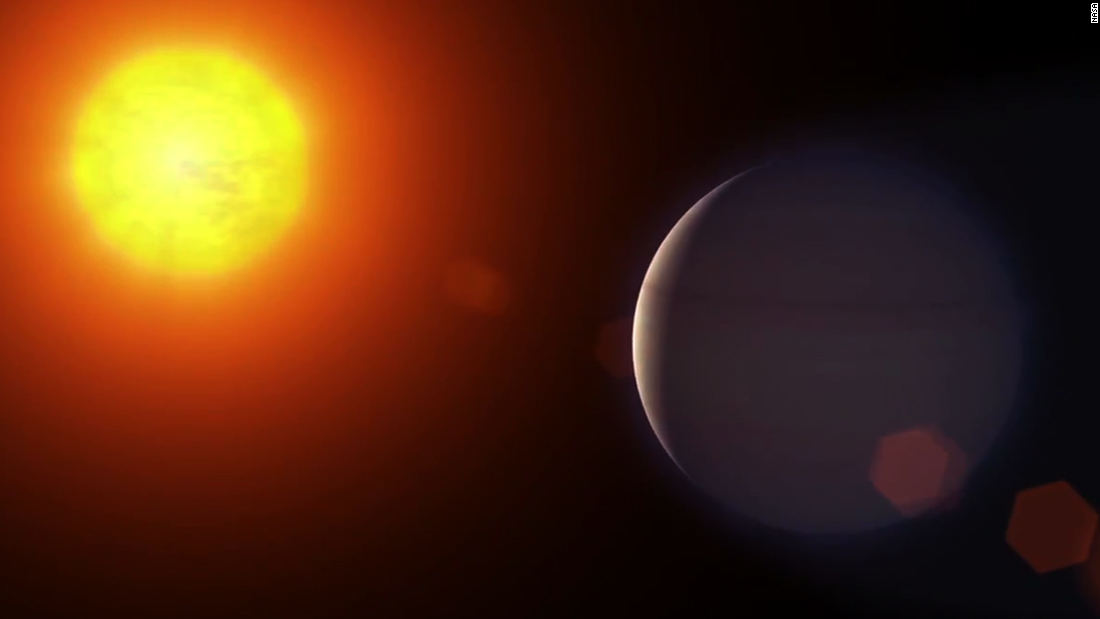The quest for extraterrestrial life has captivated human imagination for generations, weaving its narrative through the annals of science, philosophy, and popular culture. NASA, the hallmark of space exploration, has invested significantly in this pursuit, igniting both speculation and expectation surrounding the discovery of life beyond Earth. As our technological capabilities expand, so too does the tantalizing possibility that we may not be alone in the cosmos.
NASA’s exploration initiatives span a myriad of celestial bodies, from the icy moons of Jupiter, such as Europa, to the scorching terrains of Mars. These missions aim to unearth clues that may hint at the existence of life, whether in microbial forms or more complex organisms. For instance, the Curiosity rover has been diligently traversing the Martian landscape, analyzing soil samples and searching for organic materials that could suggest past life. The presence of water, as evidenced by recurring slope lineae, further bolsters the hypothesis that Mars could once teem with life.
Moreover, NASA’s emphasis on astrobiology encompasses the study of extreme environments on Earth, showcasing organisms that thrive in hostile conditions. These extremophiles offer a glimpse into the resilience of life, suggesting that similar forms could exist in the frigid seas of Europa or the acid-laden clouds of Venus. This line of inquiry posits the possibility that life can adapt to an array of environments, fundamentally shifting our search criteria across the solar system.
Instrumentation plays a critical role in this endeavor. Cutting-edge technologies like the James Webb Space Telescope enable astronomers to analyze the atmospheres of exoplanets orbiting distant stars. By studying chemical compositions and potential biosignatures, scientists can infer whether these celestial bodies have conditions amenable to life. This technological advancement enhances our understanding of habitability in the universe, urging us to broaden our perspectives on where life might flourish.
The implications of discovering extraterrestrial life are profound. It not only invites a reevaluation of humanity’s place in the universe but also raises ethical quandaries regarding interstellar contact. Discussions surrounding planetary protection protocols become pertinent, emphasizing the need to prevent contamination of other worlds while also safeguarding Earth.
As we edge closer to potentially unveiling the mysteries of the universe, public interest abounds. Documentaries, articles, and discussions proliferate, urging a collective engagement with these cosmic inquiries. Commentary from scientists and thought leaders stirs public curiosity, presenting theories and predictions that fuel discourse around NASA’s missions. The narrative thus evolves from mere speculation to became a focal point of scientific inquiry, illuminating the hope inherent in humanity’s quest for knowledge.
Navigating the excitement and uncertainty surrounding the search for alien life is a journey marked by discovery. NASA’s missions serve not only to expand our understanding of the universe but also to ignite our imagination, reminding us that the cosmos remains a vast expanse of possibilities, waiting to be explored.
